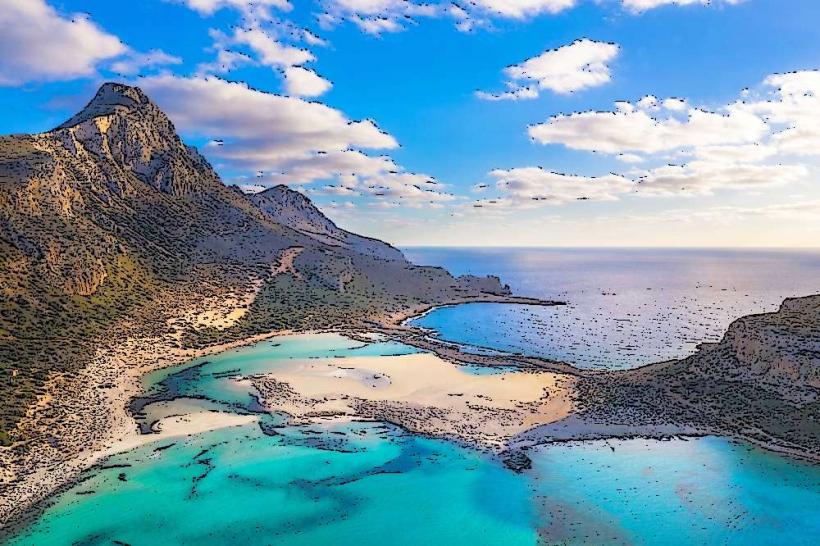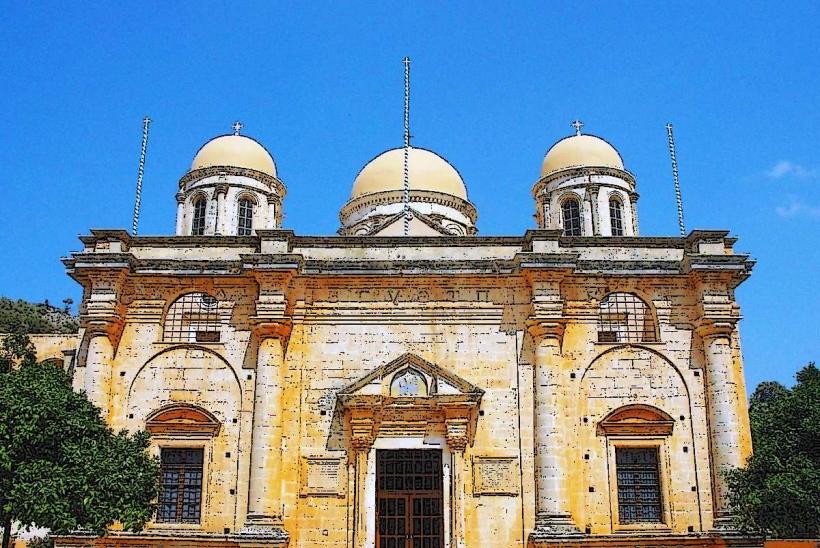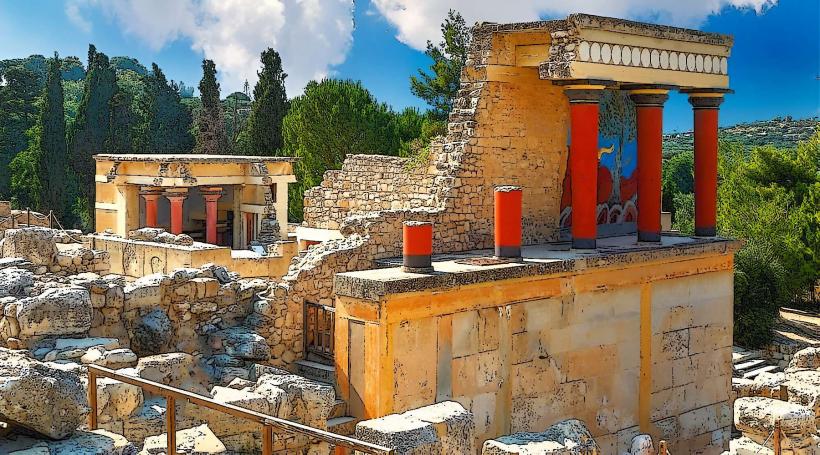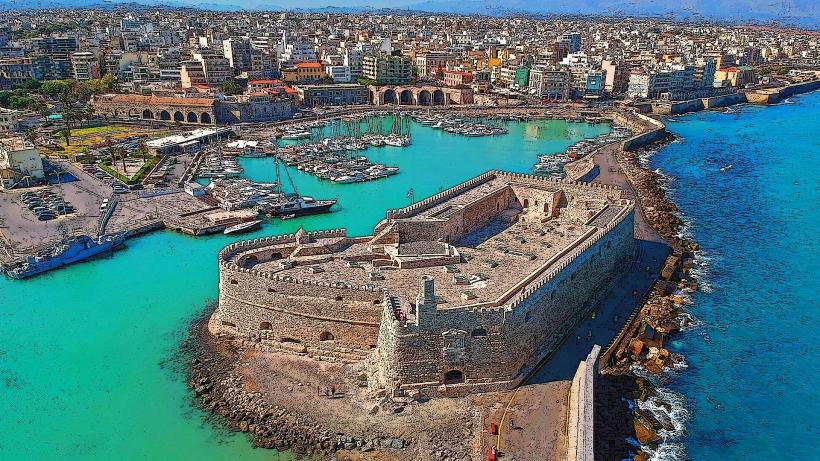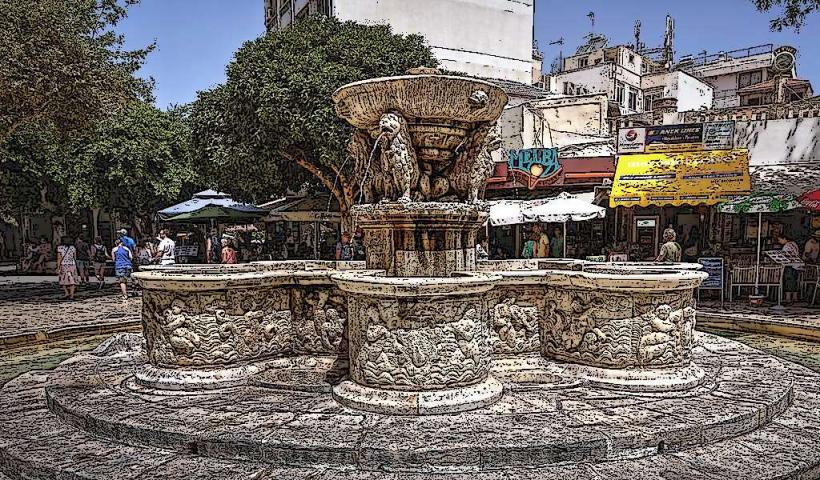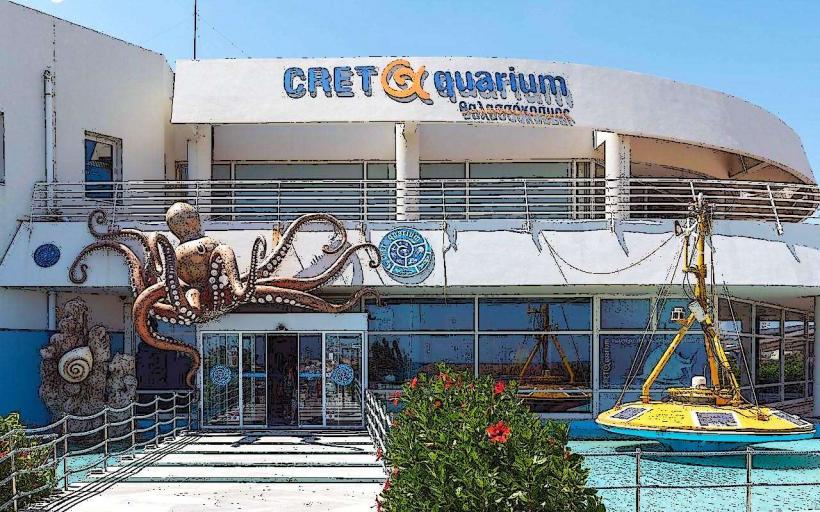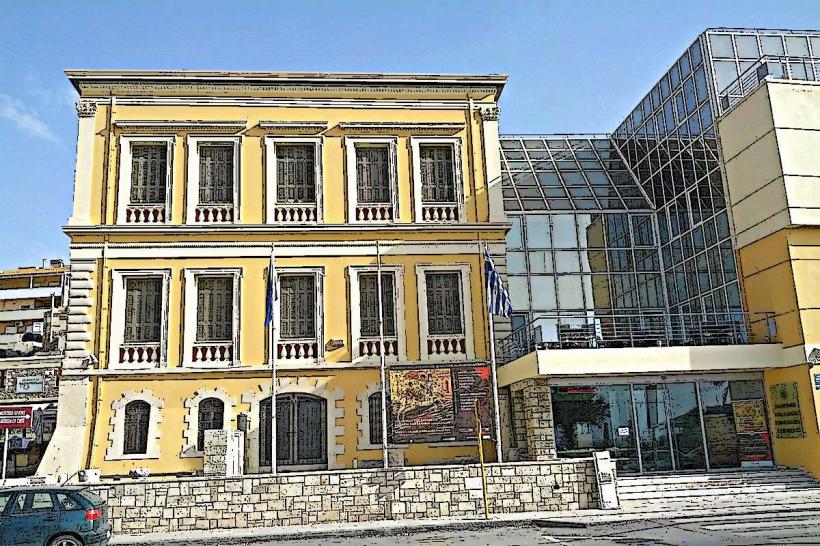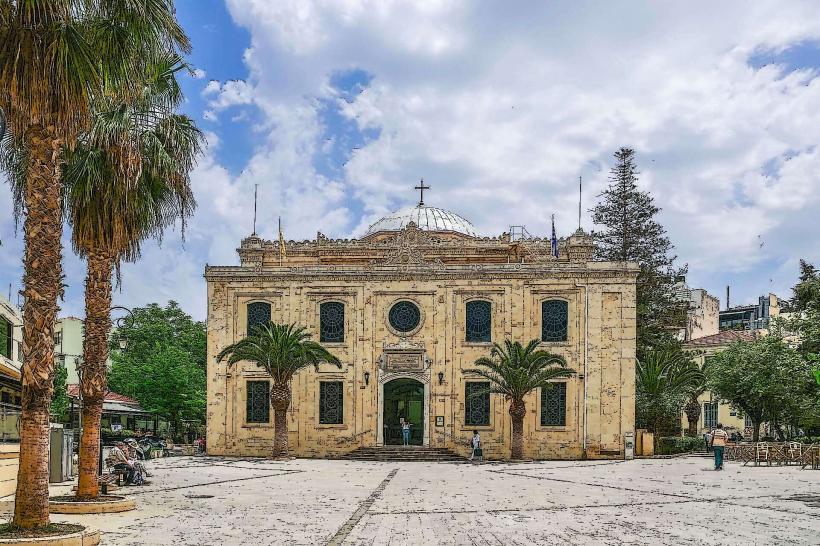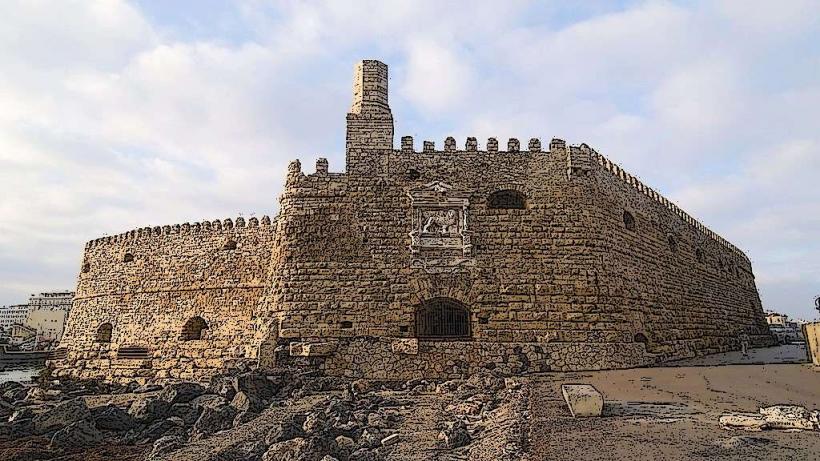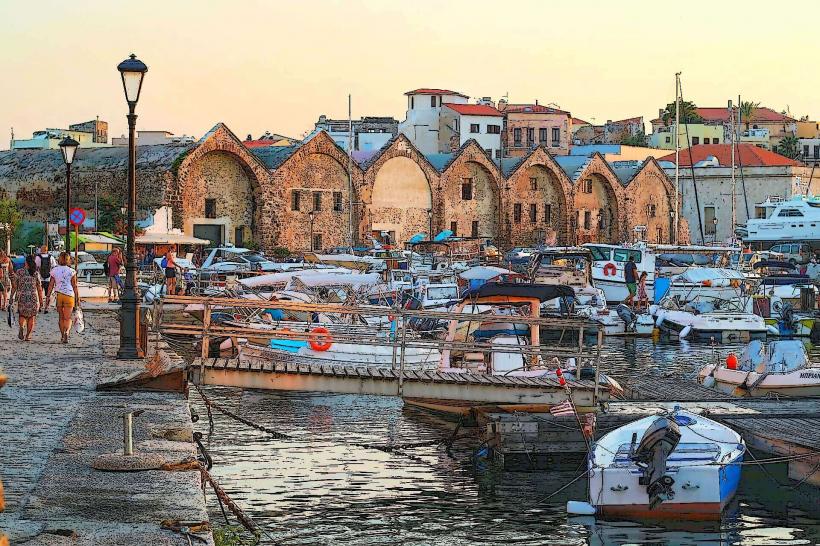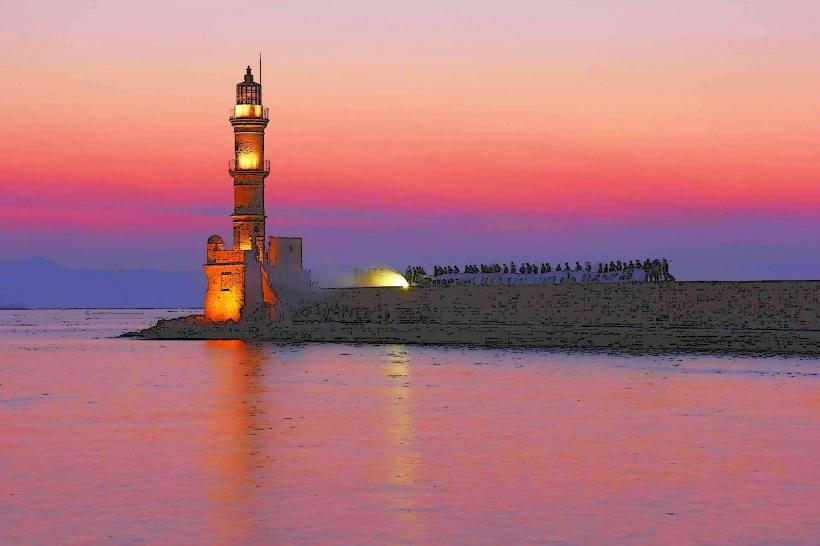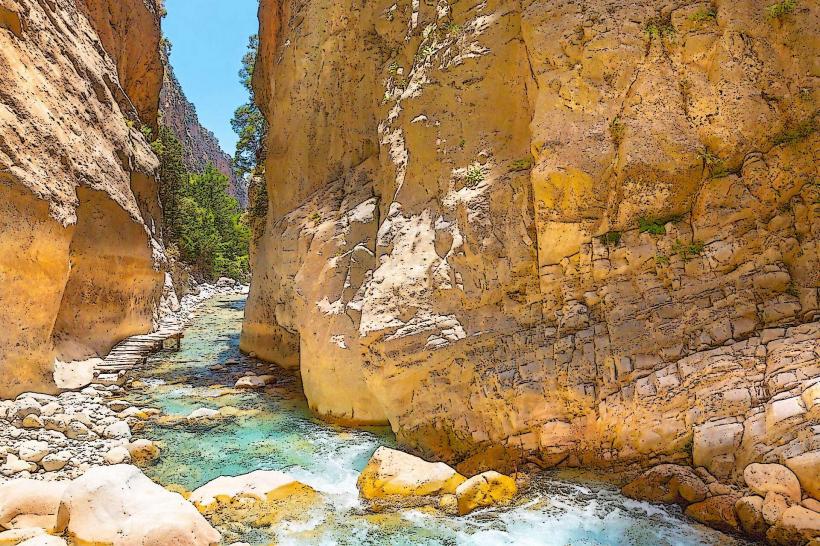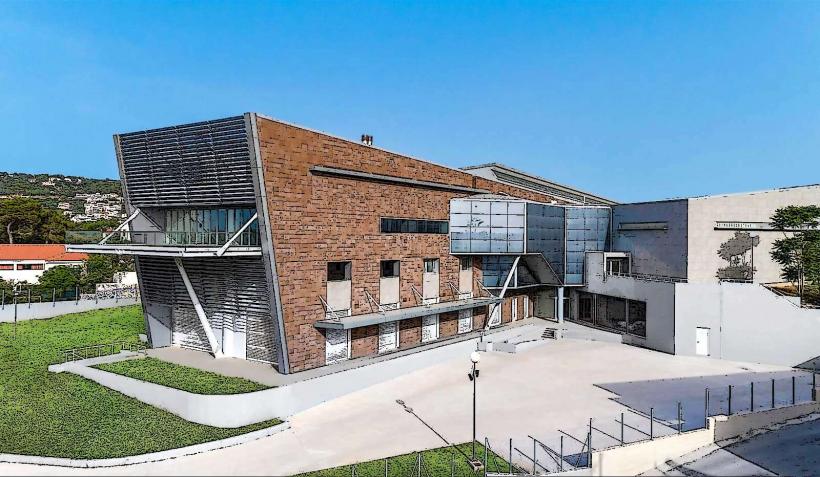Information
Landmark: Heraklion Archaeological MuseumCity: Crete
Country: Greece
Continent: Europe
The Heraklion Archaeological Museum (Greek: Archaeological Museum of Heraklion) is one of the most significant museums in Greece, located in Heraklion, the capital of Crete. The museum is known for its extensive collection of artifacts from the Minoan civilization, one of the oldest and most advanced civilizations in Europe, which flourished on Crete during the Aegean Bronze Age.
Overview:
Location: The museum is situated in the heart of Heraklion, just a short walk from the Heraklion Harbor and the Venetian Fortress. It is easily accessible for visitors to the city and is located close to other historical landmarks.
History: The museum was established in the early 20th century and officially opened in 1952. It was originally housed in a building that was later renovated to accommodate its growing collection. In 2014, the museum underwent a major renovation and expansion to modernize its facilities and improve the exhibition space.
Museum Collections:
The Heraklion Archaeological Museum is primarily dedicated to the ancient history of Crete and its ancient cultures, with a special focus on the Minoan civilization. The museum’s collections span several periods, from the Neolithic era to the Roman period, with the bulk of its artifacts dating from the Minoan and Post-Minoan periods.
Key Collections:
Minoan Artifacts:
- The museum is particularly famous for its Minoan collection, which includes some of the most significant finds from the ancient city of Knossos and other Minoan sites on the island of Crete.
- Frescoes: One of the highlights of the museum is its collection of Minoan frescoes, including the famous Fresco of the "Prince of the Lilies", which is one of the most iconic images of Minoan art. These frescoes depict scenes of nature, ceremonial events, and daily life.
- Pottery: The museum houses a large collection of Minoan pottery, ranging from early designs to more elaborate works, illustrating the evolution of Minoan ceramic art over time.
- Sculpture: The museum also displays Minoan sculptures and figurines, such as the well-known Minoan snake goddess figurines, which are important representations of Minoan religion and spirituality.
- Tablets: The museum holds examples of Linear A and Linear B tablets, the writing systems of the Minoans and Mycenaeans, providing valuable insights into the administration and daily life of ancient Crete.
Neolithic to Mycenaean Artifacts:
- The museum also showcases Neolithic items, such as early pottery, tools, and artifacts, which provide a glimpse into the earliest human settlements on Crete.
- Mycenaean artifacts: Artifacts from the Mycenaean period, the civilization that succeeded the Minoans, are also on display, including Mycenaean pottery and weapons.
Hellenistic and Roman Artifacts:
- The museum's collection extends beyond the Minoan period to include artifacts from the Hellenistic and Roman periods, when Crete was part of larger Mediterranean empires.
- Items from this period include coins, statues, marble reliefs, and architectural fragments that reflect the artistic and cultural influences of Greece and Rome.
Sculpture and Statuary:
- The museum has a number of significant sculptures, including life-sized statues and reliefs, many of which come from Knossos and other important archaeological sites on Crete.
- Notable works include statues of gods, heroes, and important individuals, as well as architectural sculptures from ancient temples and sanctuaries.
Architecture and Exhibits:
Modern Renovation: The museum underwent a significant renovation that was completed in 2014, updating its facilities to provide a better visitor experience. The modernized museum now features larger, more open exhibit spaces and improved lighting, making the artifacts even more accessible and visually impressive.
Exhibit Layout: The museum is divided into several sections, each dedicated to a particular historical period or aspect of ancient Cretan life. The exhibits are arranged in chronological order, allowing visitors to follow the evolution of Crete’s ancient civilizations from the Neolithic through to the Roman period.
Highlights of the Museum:
The "Prince of the Lilies" Fresco: This fresco is one of the most iconic works of Minoan art, depicting a young prince wearing a crown of lilies and surrounded by natural motifs. It is often considered a symbol of Minoan royalty and elegance.
The Snake Goddess Figurines: These famous figurines depict a woman holding two snakes, often interpreted as symbols of fertility and rebirth. The figurines are one of the most recognizable images of Minoan religion.
The Harvester Vase: This Minoan vase is a masterpiece of ancient pottery, featuring a scene of human figures harvesting crops, providing a unique glimpse into the agricultural life of the Minoans.
Minoan Palatial Architecture: Some sections of the museum provide scale models and architectural fragments from the great palaces of Crete, especially from Knossos, allowing visitors to visualize the grandeur of these ancient structures.
Linear A and Linear B Tablets: The museum contains some of the most important examples of the two Minoan scripts, Linear A (which has not yet been fully deciphered) and Linear B (which was used by the Mycenaeans and has been deciphered). These tablets offer key insights into the administrative practices of the Minoans.
Visitor Experience:
Opening Hours: The museum is typically open every day, with extended hours in the summer months. It is recommended to check for seasonal changes to opening times or any special closures.
Tickets: Entrance fees are generally affordable, with discounts available for students, seniors, and group visits. The museum also offers combination tickets for entry to multiple archaeological sites in Heraklion, such as Knossos Palace.
Guided Tours: There are several options for guided tours, either in-person or audio-guides, that provide more in-depth explanations about the exhibits and the history of Crete. These are highly recommended for those who wish to gain a deeper understanding of the artifacts and their significance.
Conclusion:
The Heraklion Archaeological Museum is an essential destination for anyone interested in ancient Greek history, especially the Minoan civilization. With its world-class collection of artifacts, including frescoes, pottery, sculptures, and written tablets, the museum offers a comprehensive view of Crete's rich cultural heritage. Whether you are a history enthusiast or a casual visitor, the museum is a must-see for anyone visiting the island of Crete.

